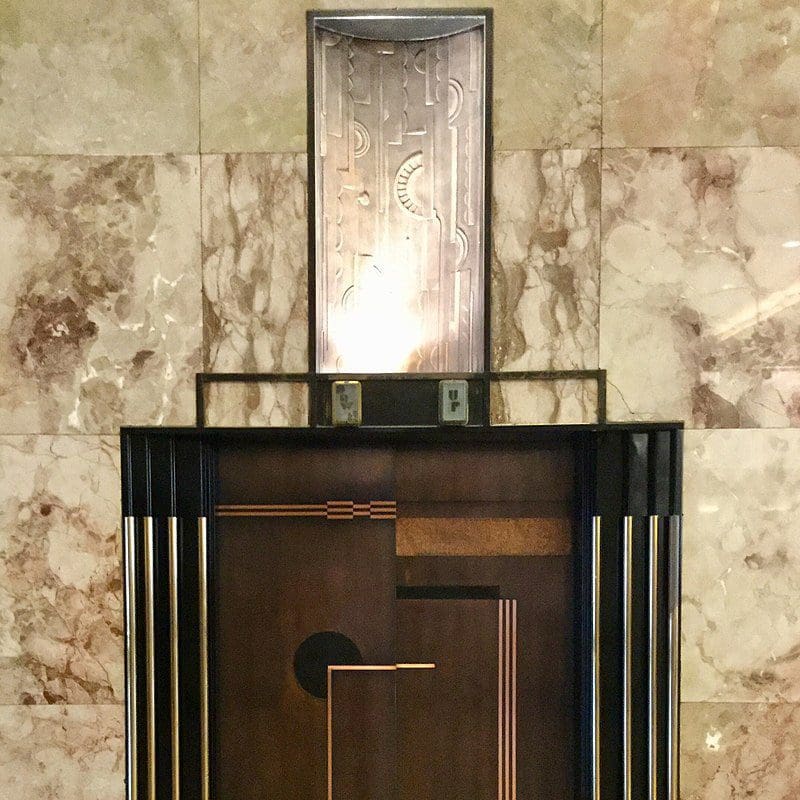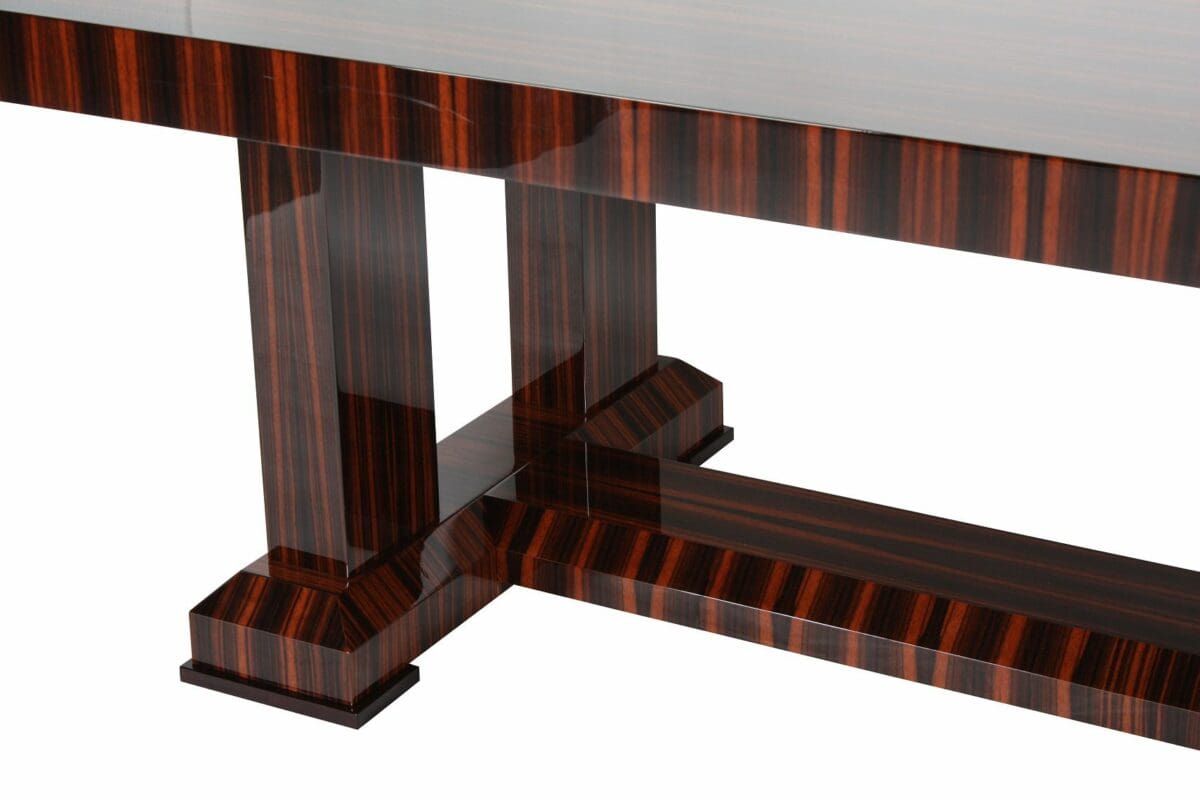Art Deco Style
The term “Art Deco” has become a collective term for almost any object of conscious design, whether sophisticated or naïve, if it was created between the First and Second World Wars. Included in this bewildering array are objects arising from opposite philosophies and representing all levels of aesthetic quality. Art Deco, as the term is used today, has been applied especially to the decorative arts (furniture, ceramics, silver, interior design) as well as to architecture, graphics, painting and sculpture. Artists as different as Mies van der Rohe and Marie Larencin, Fernand Leger and Rene Lalique have been included under the broad umbrella of this stylistic term.



